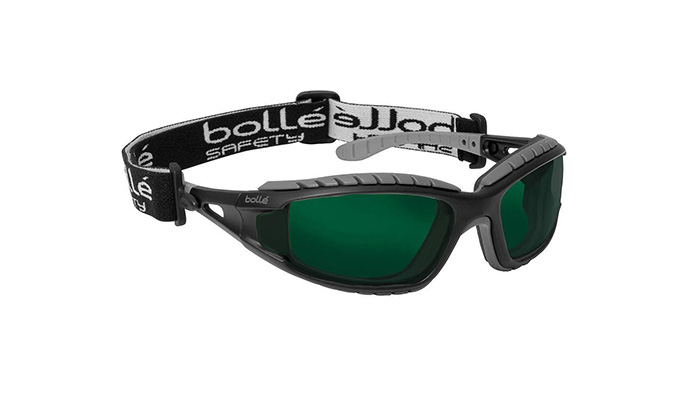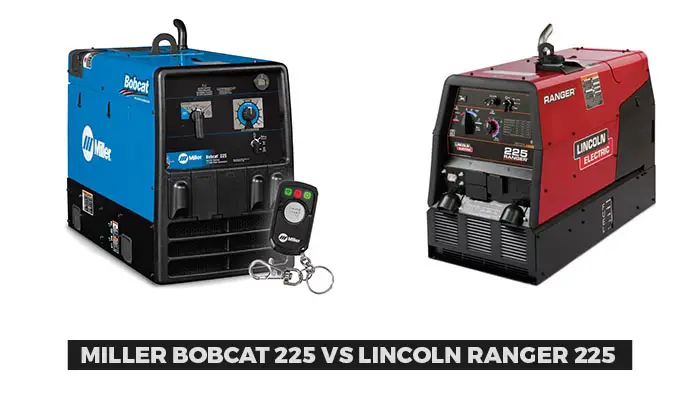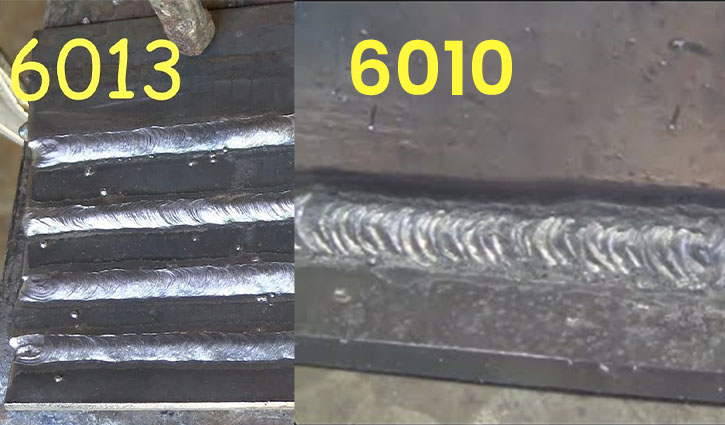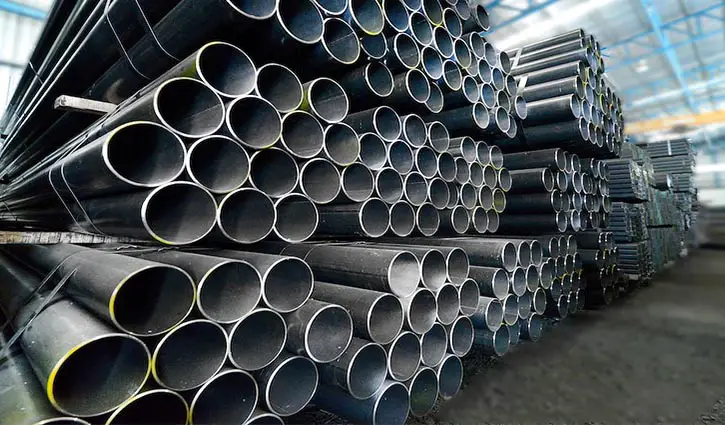Groove Weld Vs Fillet Weld: What Are The Core Differences
Welding is a procedure of fusing metals by the application of heat, pressure, or the application of both phenomena. And if you are interested in welding or want to know about some welds, it is of utmost necessity to take a look at groove vs fillet weld.
Without prior knowledge about weld joints like grooves and fillets, one may make drastic mistakes. And that may lead to unstable and weak welds. So, let us look at these welds and gain the necessary information.
First, let’s check out the comparison between them for an overall view of the different aspects of these welds.
Table of Contents
Comparison Table On Groove weld and Fillet
| Topic | Groove Weld | Fillet Weld |
| Weld Position | Between workpieces | Beside workpieces |
| Edge preparation | Needs more edge preparation | Needs less edge preparation |
| Connections | Lining the parts in the same plane | Lapping parts over Each other |
| Sturdiness | In general, Stronger bonds | Less strong Compared to the groove |
| Common joints | Available in different Shapes for joint | Corner, T & Lap joints are the most common |
| Roots and faces | Have single root and a Groove face | Has two roots: root And actual root with a face |
| Angles | Has groove angle and Bevel angle | Angles depend on Different joints |
Groove Welds:
Groove weld is a procedure of making groove joints. The joints are placed in a junction where the heat and the pressure are applied. The most common thing in a groove weld is to contain a groove root opening where the weld takes place. The groove or most commonly known as butt/V is the pipe members where the joints are to be made.
For better insight, we will be discussing the pros and cons below:
Read More: Types Of Groove Welds: How To Know Which Type You Should Choose?
Fillet welds:
Fillet welds are defined as those joints that are made by joining two or more metal parts when kept at a perpendicular or at an angle. Fillet welds are done at places that are considered delicate and where placing bolts can be ineffective in the long run.
It is one of the cheapest and most commonly found welds in our day-to-day lives. However, it has multiple advantages and disadvantages that are jotted down below:
Differences between groove weld vs fillet weld
Strength:
The most basic difference between these two welds are their strengths. While the groove weld can handle heavier loads than fillet welds, the fillet welds excel in handling tension stress and shears.
Joint variability:
The fillet welds are smaller and weaker which enables them to shape in different geometrical shapes. It is difficult to shape groove welds in different geometrical shapes.
Shrink sustainability:
Groove welds are very much easy to form warps and get weld shrinkages. Whereas fillet welds are very highly resistant to these shrinkages and handle the warp without any difficulty.
Skilled laborers:
Groove welding needs more skilled laborers and time to be spent than fillet welds. As a result, an operation may render unsuccessful if less skilled workers are assigned to groove welds.
Similarities between groove weld vs fillet weld
Inspection techniques:
Both fillet and groove welds are easier to inspect and rarely require quality assurance tests. That is because of their simplicity in welds.
Which weld should you choose between the fillet and groove weld:
The choice of usage of the welds depends solely on the user and their work purposes. The groove weld is heavy and highly load-bearing oriented. They are designed to be rough and touchy but come with the disadvantage of opting for less geometrical shapes.
Whereas, fillet welds are much more open to architectural designs and handle stress and strain. But they are not suitable for heavy loads and strength. Also, they depend on the thickness of the metals used.
Read More: Is Flux Core Welding Strong: How Can You Know It?
FAQs
Yes, groove welds are stronger than fillet welds as they have differences in metal joint positions.
Fillet welds are strong enough to handle shears and stress but not strong enough to bear heavy loads.
The other name of the groove weld is butt weld or V weld.
The size of a fillet weld is approximately 3/16 inches (5 millimeters)
Verdict:
We hope that the article helped you to get enough insights to differentiate between groove and fillet welds. The advantages and disadvantages of the welds give them their uniqueness and can be used when required.
Thanks!






